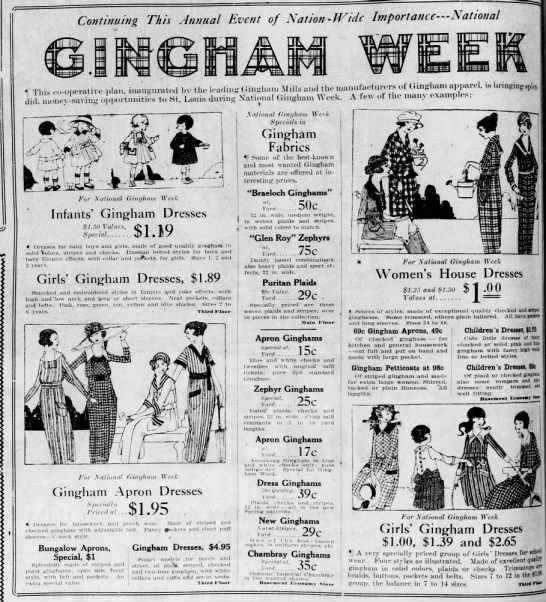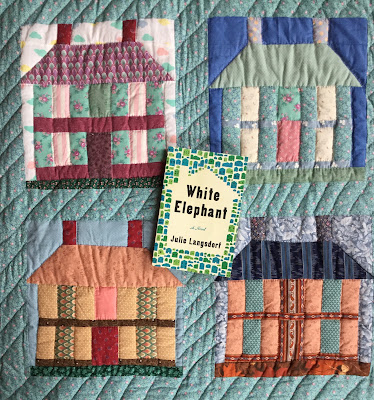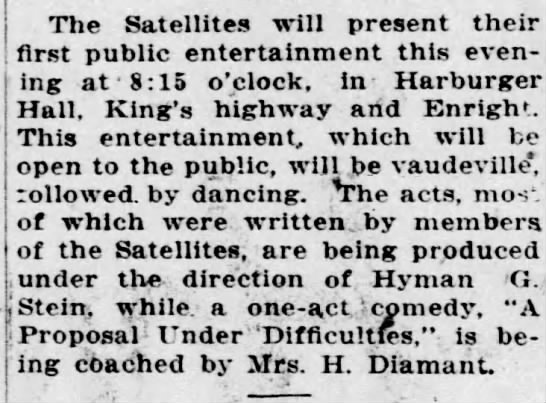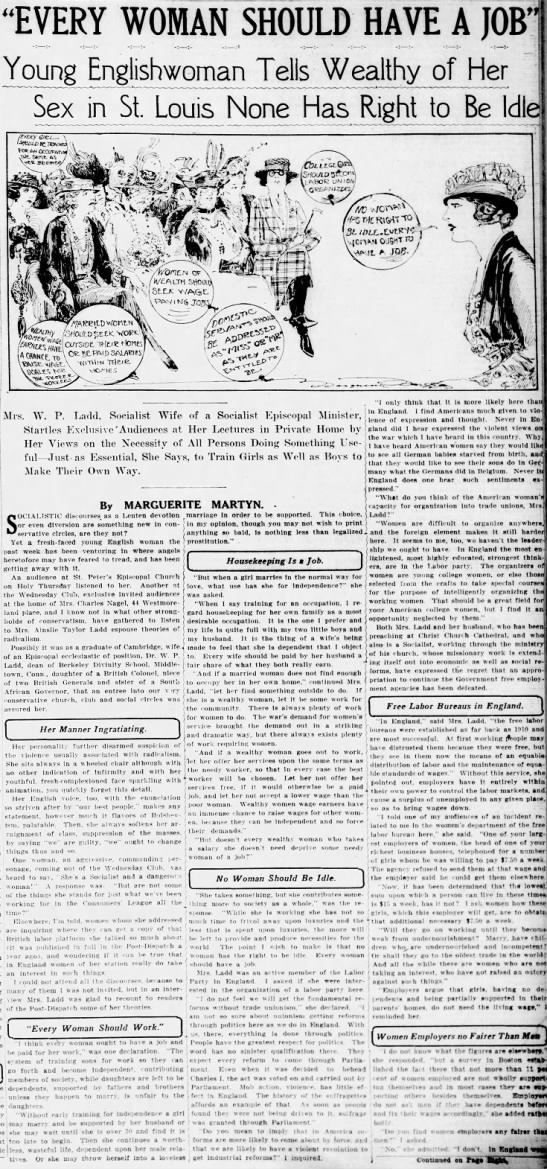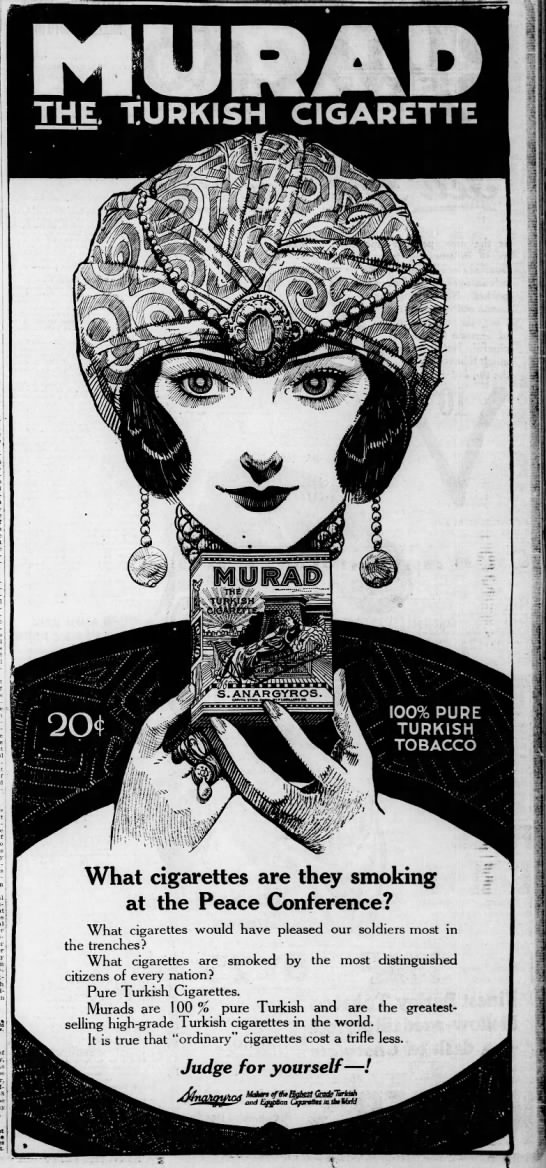 |
| Helen Korngold, December 1919, New York City |
Visited Central High – Saw Hofferty, Stratton, Schweikert, Curtis – Blumstead. School – Tryouts for May Day. Headache – home. Winkler came over – I like him so much.
Tuesday 22
School – feeling badly- came home
Wednesday 23
School – Baseball
Thursday 24
School – Satellites – went with Winkler – he’s a fine kid. We had a nice long chat. Stayed up till 12:30 writing a theme or rather a report for Ed. 12. I hate that course.
Friday 25
School – baseball – dancing – home. Napped. Had ten couples over in evening. They all seemed to have a fine time. I think they did. Didn’t get to bed till 1 a.m.
Saturday 26
School – Home – Zel entertained in the evening. We had a good time.
Sunday 27
Sunday School in morning. Temple Israel – Dr. Harrison is really a marvel. Study in afternoon – write letters. Aunt Beryl’s in evening.
Notes:
April 21
| Central High post card |
Central High was situated at 1030 N. Grand. The building was destroyed in 1927 by an F3-scale tornado that caused over seventy deaths and injuring 550 more. At the time it struck, there were 1,500 students attending classes.
Clarence Stratton, BA University of Pittsburgh, began his teaching career at Central in 1903 teaching English and Public Speaking. He also taught Public Speaking at Washington University. In 1921 he left to become Director of English in the Cleveland, OH public schools. He also wrote the Central school song.
Dr. George M. Holferty was a graduate student at the University of Wisconsin class of 1893. He organized the Boys Literary Society, the oldest Central organization. The 1920 City Directory shows he lived at Morgan St. The 1928 Central yearbook shows he taught Botany, General Science, Biology, and Physiography. He sponsored the Botany Club and had coached the Boy's Debating Team. He died in 1930.
Harry Christian Schweikert appears on the 1920 St. Louis Census as a public school teacher living on Morgan St. with two lodgers, one a lawyer and one a salesman. Harry was 42 years old. His WWI Draft Registration shows he was born February 24, 1877, and taught at Central High School. His nearest relative was Christian Schweickert. Christian shows up on the City Directories as a baker. Harry had blue eyes and brown hair and was of medium height and build. He died in 1937 according to Who Was Who in America. A Harry C. Schweikert appears in the WWII Navy muster roles but I do not know if it is the same person.
Chester B. Curtis was a teacher and principal at Central High School and lived at 5192 Page Blvd. He was born in New Hampshire and studied at Dartmouth College. The 1910 St. Louis Census shows Curtis, age 43, a high school principal married to Marie M. The census of 1930 shows he was a personnel director.
Mabel Olmstead appears in the City Directory as a teacher at Central High School. On Mary 8, 1922 her application for a passport shows she was born 11/24/1871 in Potosi, MO to father Jonas who died in 1907 in Los Angeles, CA. Mabel was going to Italy, Austria, Switzerland and Gibraltar. She made several trips to Europe. She taught American and later European history. She died January 28, 1941, and is buried in the Potosi Presbyterian Cemetery. Her mother Amelia Riehl Olmstead (August 21, 1839-December 23, 1903) is also buried there.
April 24
Ed. 12 was Educational Administration taught by Prof. Wesley Raymond Wells. The course description:
The aim of this course is to make a critical study of the problems of school organization, administration, and supervision. It will deal with such problems as: education, a state function; local school boards, their organization, duties, and manner of election; kinds of schools, their aims and scope; duties of the superintendent, principals, and teachers; the relation of the school to the community; statistical and experimental studies in school administration. Three hours a week. Credit 3 units. (Wells)
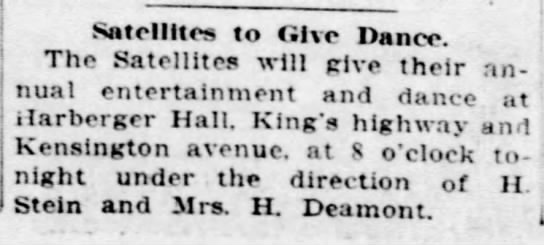 |
June 1919 notices in St Louis Post-Dispatch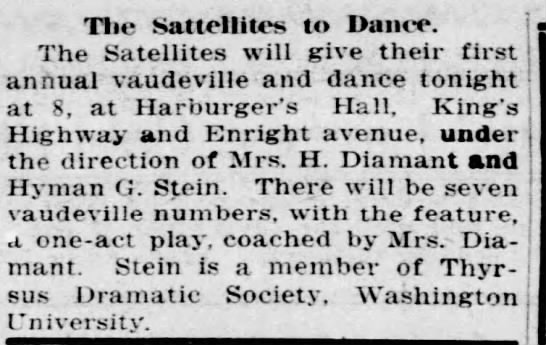 |
April 27
Congregation Temple Israel was established in 1886.
An April 1906 story in The Portland, OR newspaper New Age reported that Rabbi Leon Harrison was to be a speaker at the Willamette Valley of Chautauqua Association in July lecturing on “Shylock” and “The Glory and Shame of America.”
Helen's diary may not be full of war news, but the newspapers were. Below is an ad from the April 17 St. Louis Star and Times.
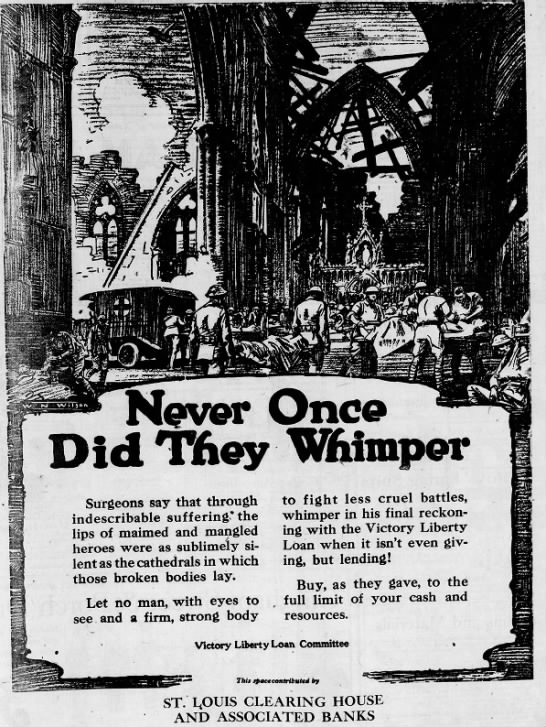 |
Ad from the April 27 St. Louis Post-Dispatch:
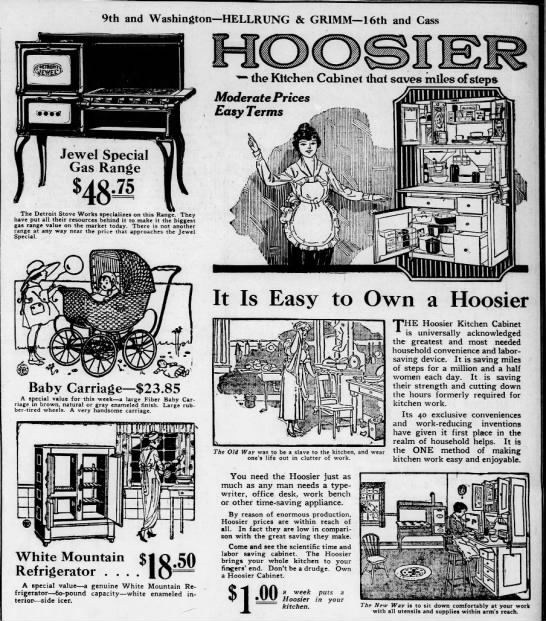
Ad from the April 27 St. Louis Star and Times:
